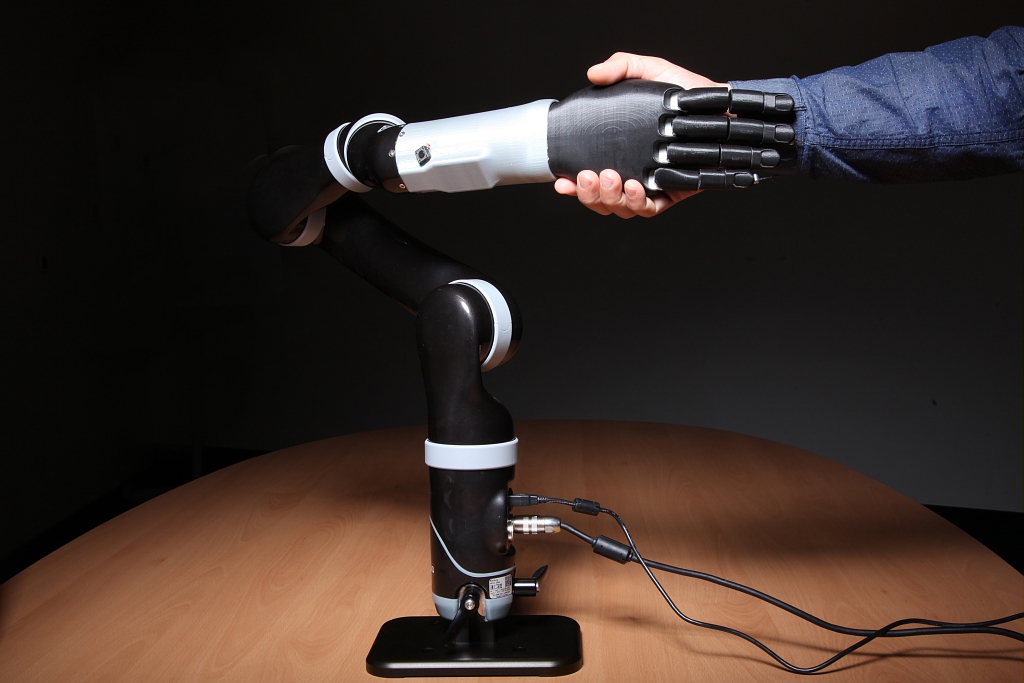
Computational Modeling and Experimental Analysis
of Normal and Pathological Neural Rhythms
for Medical Applications & NeuroRobotics
Research topics
Neural oscillation and population synchrony at specific frequencies are ubiquitous in the central nervous system of animals and humans. Indeed, rhythms characterize the neural activity at every scale: (i) at the microscopic scale, subthreshold membrane potential of a neuron can oscillate up to 40 Hz and action potentials appear period- ically such as in the olfactory bulb; (ii) at a mesoscopic scale, neurons of inhibitory or excitatory populations fire together; (iii) at a macroscopic scale, brain areas located in both hemispheres show synchrony and brain waves can be observed between areas e.g., between the frontal lobe and the parietal lobe under general anesthesia. Rhythms can be found throughout the central nervous system e.g., between brain areas as well as in the spinal cord. As a consequence, rhythms are known to be involved in numerous brain functions such as perception and action (includ- ing inter-limb and inter-personal movement coordination), cognition (states of awakeness, memory consolidation…) and emotions. Excess or deficit in oscillation or synchrony could further relate to neurological disorders. Thus, it is important to study normal and pathological rhythmic activity to better understand Parkinson’s disease, tremor, epilepsy… and propose neural interfaces for controlling the nervous system or enhancing functional recovery.
Studying neural rhythms requires to build realistic models validated by experimental data recorded in humans, animals or robots.
Emel Demircan's Visit

Emel Demircan from Long Beach University is visiting us from June 11th to July 2nd.






